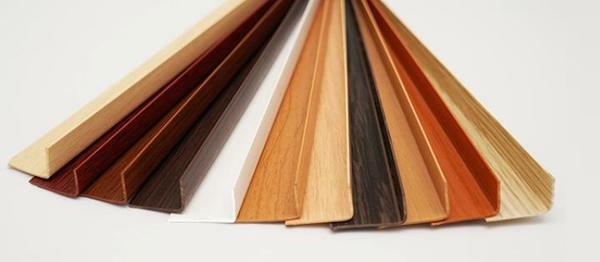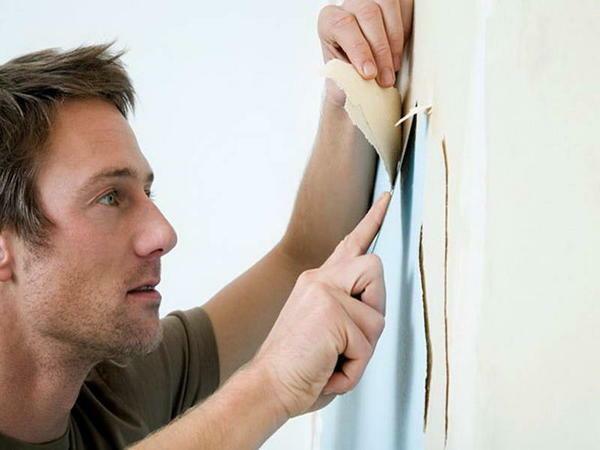
How to make an invoice wall
Modern decoration materials allow you to make textured walls practically in any room. To date, one of the most popular materials to solve this problem is textured plaster.
To make an invoice wall you will need:
- spatulas of different sizes;
- trowel;
- grater;
- capacity for plastering;
- sponge;
- combs;
- rollers.
Choose the texture plaster according to the material from which your walls are made, and also taking into account the desired design. Textured plaster can be applied on almost any surface. However, each kind of this finishing material has its own characteristics.
Mineral plaster is made on the basis of cement. It goes on sale as a dry mix, which must be diluted with water immediately before application to the walls. This kind of coating is not flammable and has good vapor permeability.
Silicone plaster is made on the basis of silicone resins. It is sold ready for use. This finishing material has water-repellent properties and is recommended for use on all types of mineral bases, as well as on existing dispersion coatings.

Silicate plaster produced on the basis of "liquid glass" is the most expensive kind of this coating. Goes on sale ready for application. Recommended for use on mineral substrates and silicone coatings. This finishing material can be used in conditions of high humidity. The color palette of silicate plaster is poorer than that of other species.
Another version of this material is produced on the basis of acrylic resins. This plaster is supplied in the form of a water-dispersed mixture, ready for application. This type of coating does not require additional staining, dries quickly and is consumed fairly sparingly. To read the amount of material, the online material flow calculator will help.
Prepare the surface for plastering. Clean the walls of the old cover. Apply the primer and dry thoroughly.
Visually break the wall into small squares. Thoroughly mix the textured plaster.
Begin applying the material from the corner of the room with a trowel or spatula. The thickness of the layer should be about 3 mm. Leave the edges of the area uneven. This is necessary for the boundaries to be less visible.
Coat the desired texture with a spatula, stencil or special rollers and applicators. Go to the next section.
After 20-25 minutes, lightly grind the sharp edges of the resulting relief with a metal float.
Wait until the material has dried completely. Paint the surface of the walls. There is another possibility, to make independently textured plaster.


